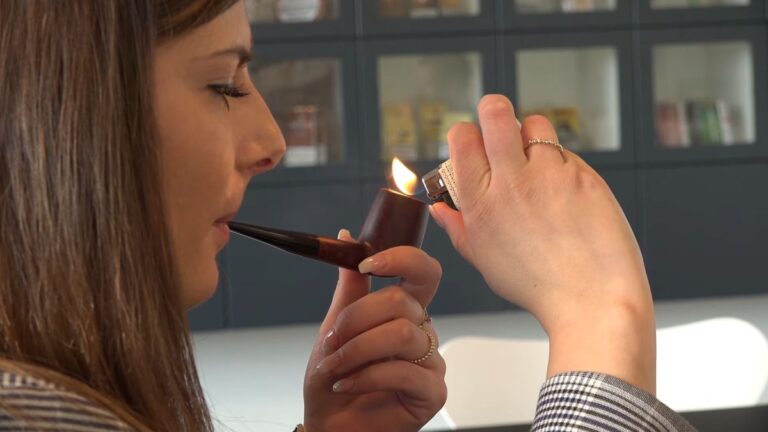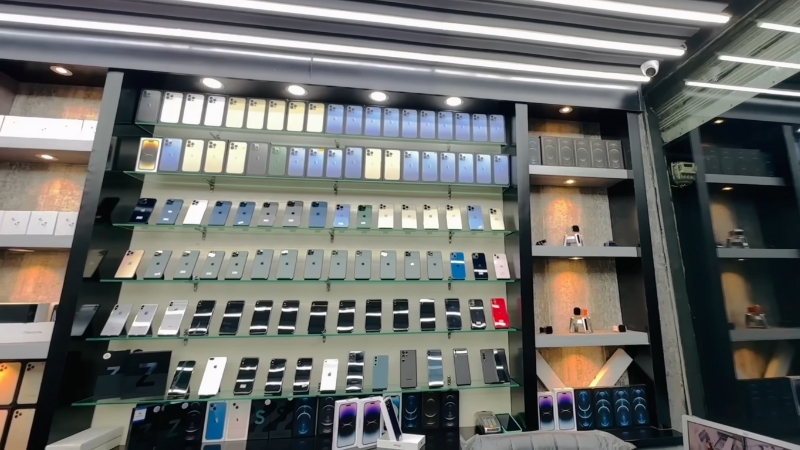Trends do not die quietly. They crash, burn, and leave behind a trail of photos that everyone wishes would stay buried. What once felt cool, bold, or even rebellious now looks embarrassing—or worse, clueless. It was all part of the culture: the poses, the outfits, the habits people wore like armor. Some of those moves turned into punchlines. Others became warnings.
The list ahead is not about broken laws or public service lectures. It is a roll call of things regular people proudly did, copied from movies, magazines, or the loudest guy at the party. Now? Every single one aged like expired milk.
Prepare to cringe.
Table of Contents
ToggleSmoking Indoors
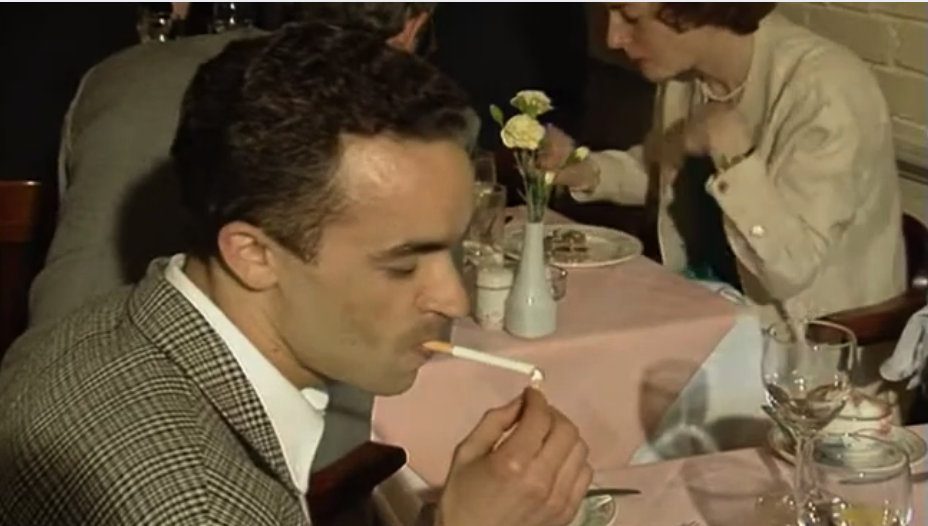
There was a time when lighting a cigarette indoors felt like part of the atmosphere. Ashtrays sat on restaurant tables next to salt and pepper shakers. Airplane rows had “smoking” signs like it was a seating preference. Movie scenes showed confident leads puffing away in elevators, office meetings, or hospital waiting rooms. Nobody flinched. No one asked you to step outside.
Smoke filled the air without apology. Inside nightclubs, cigarettes added to the noise and heat. In supermarkets, people pushed carts with one hand and held a burning cigarette in the other. Dinner guests lit up before dessert without anyone raising an eyebrow. At home, no room carried the label “non-smoking.” Yellowed ceilings told the whole story.
That culture collapsed fast. Public awareness changed everything. Secondhand smoke gained attention. Health campaigns hit hard. Laws shifted. Businesses banned it. Flights, restaurants, offices, bars—all closed their doors to indoor smoking. What once signaled freedom and adulthood turned into a public nuisance.
Tobacco did not disappear. It moved. Now it belongs in private space. Anyone who enjoys it can still do so without bothering others. For those who appreciate the real old-fashioned way of smoking, visit this site and check out a great selection of tobacco pipes.
Wearing Real Fur
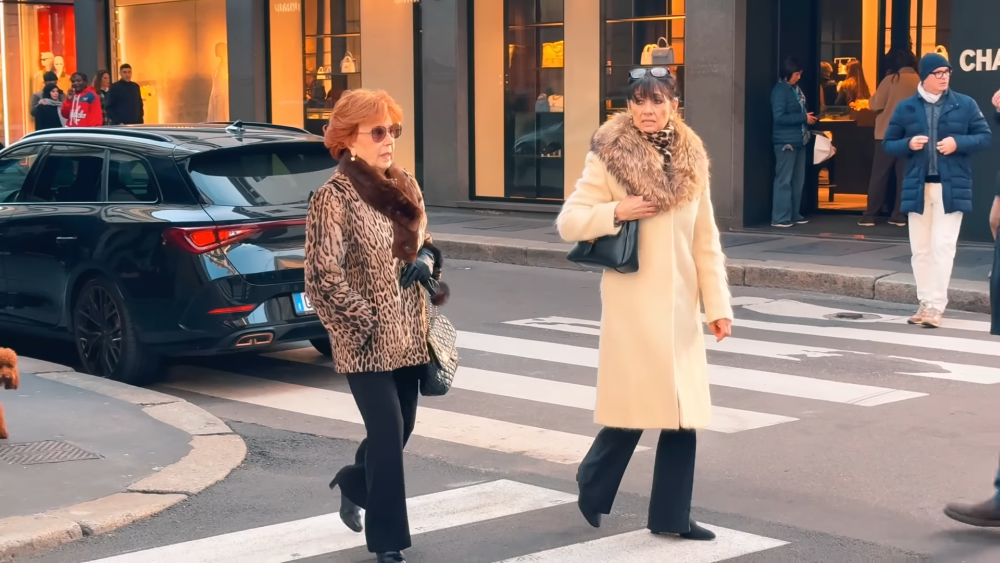
There was a time when fur meant success. A mink coat turned heads. A fox stole gave people the illusion of wealth and class. Celebrities wore it. Wealthy women collected it. Magazines praised it. No one cared what happened before it hit the hangar.
The coat signaled that you made it. Luxury labels sold it proudly. Winter fashion revolved around it. People wore it to restaurants, weddings, and family events. Fur was not hidden—it was the main event.
Then it changed. Protesters showed the bloody cost. Cameras went inside fur farms. Designers dropped it. Public respect collapsed. What once looked expensive started to look cruel and outdated.
Fur Meant Power
High price made it a status item. Cold cities used it as social proof. People wore it to be seen, not to stay warm.
The Collapse
Animal rights pressure crushed the image. Graphic protests worked. Celebrities abandoned it. Fashion moved on.
Where It Sits Now
Vintage shops still carry it, but most stay away. Faux fur replaced it with ease. Wearing the real thing today draws stares for all the wrong reasons.
Making Prank Calls for Fun
Home phones once meant chaos after dark. Kids gathered with a cordless in hand, dialing strangers for laughs. The goal was to confuse, provoke, or hear someone snap. “Is your refrigerator running?” passed as comedy. Nobody recorded the call. Nobody worried about caller ID. It was reckless, loud, and shared like a sport.
The behavior carried into sleepovers, dorm rooms, and even radio shows. Prank call tapes circulated like secret treasures. Some people built reputations around it. It was about pushing limits without leaving the house.
Phones changed. Caller ID ruined anonymity. Social norms changed. Harmless jokes started looking like harassment. Today, prank calls feel juvenile and invasive. Few people laugh. Most hang up or report it.
What Replaced It
Pranks moved to video. Platforms replaced phone games.
Writing Phone Numbers on Bathroom Walls
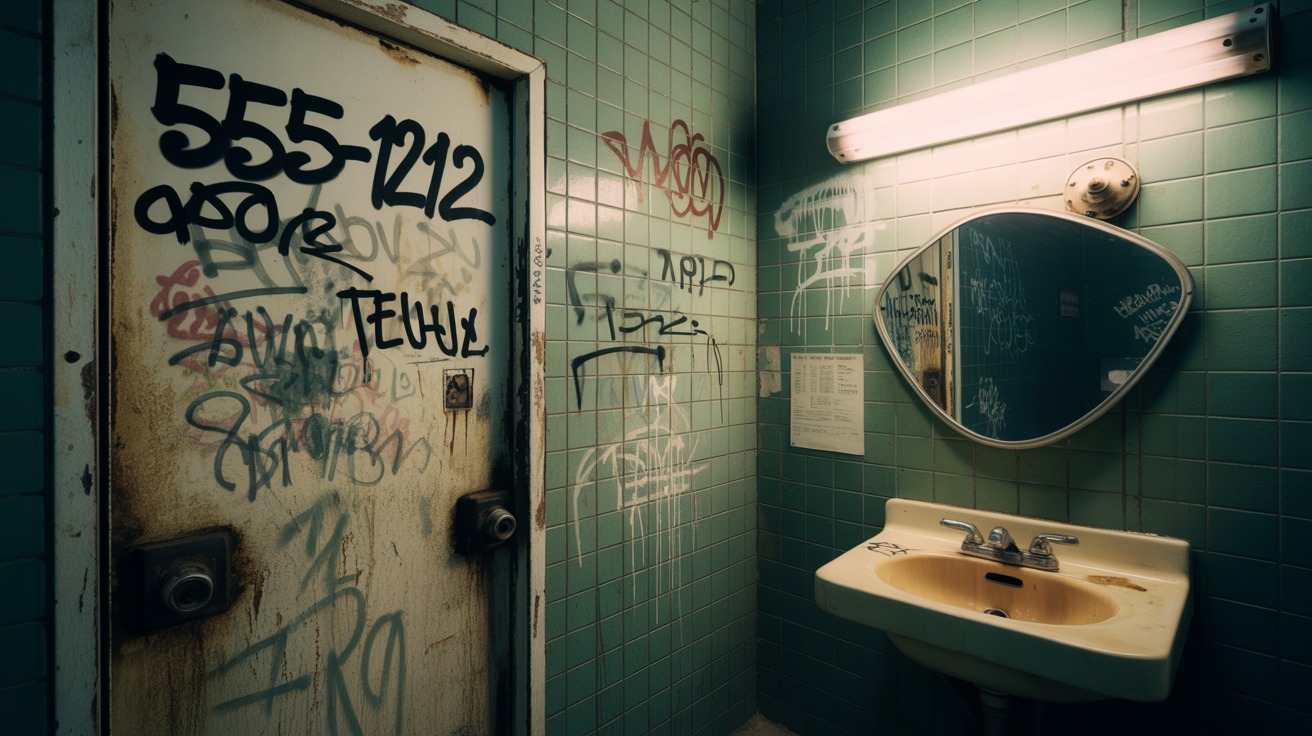
Stall doors once doubled as social boards. People wrote messages, insults, tags—and phone numbers. Some were jokes. Others were real. You could walk into a gas station, read a message, and leave with a stranger’s number. That was the culture.
Bars, rest stops, gyms, and dive diners kept layers of graffiti alive. For some, it was a dare. For others, it was flirting. No filters. No consent. No shame.
Now it reads as invasion. Random numbers on a wall today look like cruelty, not fun. What used to pass as “just a joke” now reflects the opposite of privacy or respect.
Why It Happened
There was no social media. People got attention with ink and boredom. Bathroom walls gave everyone a voice.
Why It Ended
Caller tracing changed everything. So did social awareness. Casual harassment stopped being funny.
What Took Its Place
Dumb comments still happen—but now they live online. Screens replaced tiles.
Flashing Gold Chains with Open Shirts

There was a style formula that ruled clubs, concerts, and late-night TV: heavy gold chains, glossy skin, button-down shirt halfway open. That look meant swagger. Confidence. Money. Sometimes fake money. Either way, it had presence.
TV hosts, pop stars, street icons, and teenage boys all wore it. Some added chest hair oil. Others added too many buttons undone. The goal was to shine. The message was “I’m the main character.”
Years passed. That look stayed stuck. It aged without evolving. What once screamed hot and fearless now reads as a costume. Fake flex. Delusion dressed up as charisma.
Collecting Hooters Merchandise
People once wore Hooters shirts with pride. Hats, tank tops, matchbooks, calendars—everything got branded. It was marketed as lighthearted. It sold like a joke, but no one treated it like one. Trips to Hooters were social currency. Some treated it like a pilgrimage.
T-shirts landed in high school hallways, college dorms, bachelor parties, and airport terminals. No one stopped to ask why. The brand wrapped objectification in wings and slogans. At the time, that was the joke.
Now it reads differently. Hooters merch feels frozen in time with no awareness. What used to pass as humor now triggers secondhand embarrassment.
Why It Was Popular
The brand sold rebellion and sex appeal. Teenagers copied adults. Adults acted like teenagers.
Why It Died
Public taste moved forward. Irony fell flat. Shirts aged worse than the chicken grease.
Where It Sits Now
Most of it lives in basement bins and thrift store racks. No one is asking for a comeback.
Final Thoughts
Trends rise because people want attention. Culture rewards noise, then punishes it later. Each habit listed here earned praise when it appeared. It felt bold, stylish, and confident. It came from movies, magazines, and people trying to look like they mattered.
That shine faded. Nothing stays untouchable. Fur coats turned into warnings. Gold chains became punchlines. Cigarettes lost their charm. Prank calls moved from funny to pathetic. What felt powerful now looks like a phase no one brags about.
The past leaves evidence. You can scroll through it. You can laugh at it. You can learn from it. Nothing says you must repeat it. The people still chasing that image belong to another time. Let them stay there. No reason to drag those habits forward. Style moves. Taste improves. Memory stays, but culture upgrades. Leave the rest behind. You owe nothing to bad trends.
Related Posts:
- Top 10 Celebrities Known for Their Online Gambling Habits
- Celebrities You Wouldn’t Recognize in Their Teen…
- 10 Celebrity Interior Trends You’ll Want to Try at…
- Michael Rainey Jr. Height, Age, Net Worth, Parents,…
- Tate McRae Height, Age, Net Worth, Real Name and…
- Brooklyn Frost Age, Height, Net Worth, Parents,…


